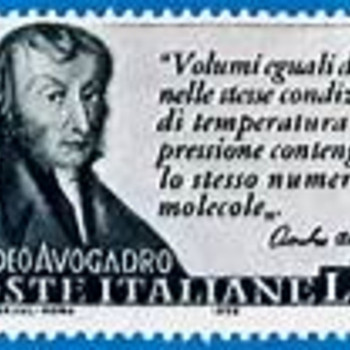What is the osmotic pressure in "mm Hg" of a solution of "45.0 g" ribose dissolved into "800.0 g" of water at 40^@"C"? Assume the density is "1.00 g/mL". MW = "150.13 g/mol"
2 Answers
We assume that the ribose is involatile..........
Explanation:
And we ALSO MUST KNOW that the vapour pressure of water at
Now the vapour pressure exerted by a solution is proportional to the mole fraction of the volatile component........
Now
And thus
And so the vapour pressure of the solution is
Pi = "9.63 atm" = ??? "mm Hg"
The osmotic pressure is given by:
Pi = icRT ,where:
i is the van't Hoff factor, presumably one for ribose, a nonelectrolyte...c is the molarity in"mol/L" .R andT are known from the ideal gas law.and it is the pressure required to stop the flow of solvent through a semi-permeable membrane from low to high concentration.
Thus, the osmotic pressure is (assuming the solution volume doesn't change, which is completely unreasonable!!):
color(blue)(Pi) = (1) cdot (45.0 cancel"g" xx cancel"1 mol ribose"/(150.13 cancel"g"))/(0.800 cancel"L") cdot 0.082057 cancel"L"cdot"atm/"cancel"mol"cdotcancel"K" cdot (40 + 273.15 cancel"K")
= color(blue)("9.63 atm")
I now dare you to multiply this by the appropriate conversion factor to get your answer in


